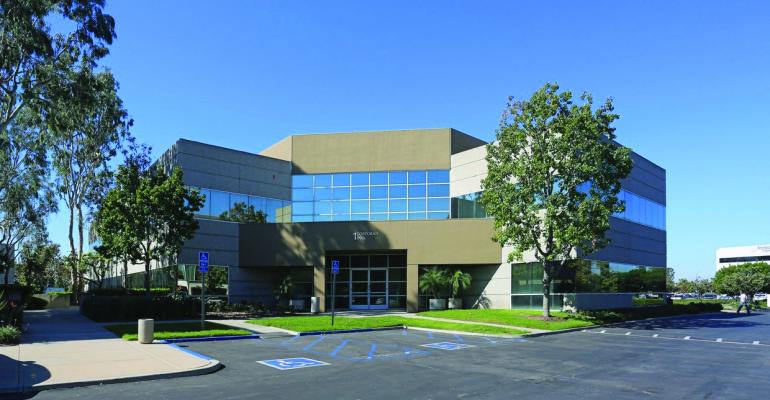
|
Sponsored Content |
Sponsored
By Jeffrey Weidell
Today’s headlines may cause you to think that office transactions have quietly dropped off the radar screen for lenders. But as multifamily activity slows, office is once again on the rise. Over the last five years according to RCA, multifamily transactions averaged $136 billion and office a close $131 billion annually.
For NorthMarq Capital, office has consistently been our number two lending product and activity remains strong in 2018. Both borrowers and lenders have a substantial appetite to finance office properties for acquisitions, renovations, refinancing and even new construction. Yet office financing that exists today is far different from the “go-go” years that existed pre-recession.
During 2005, 2006 and 2007, office was a high-demand property type for lenders, and it represented a huge chunk of the transactions in the CMBS market. Now the sector has experienced a financing evolution with loans that are much more structured to the particular situation.
For example, NorthMarq’s Minneapolis office recently worked with a client who was looking for a $35 million, 10-year office loan on a CBD multi-tenant office property with an expiring lease for half of the 300,000 square-foot building in year six.
The borrower didn’t want the higher rate from a debt fund or the cash reserve structure available through a CMBS lender, so a life company option was the right fit—a $30 million loan at 55 percent LTV with no reserve at a slight pricing premium. The lender built in a flexible, one-time pre-payment option to coincide with when the major tenant was set to roll, creating an easy inflection point for the client to refinance, sell the property or extract cash for a required tenant improvement.
So who’s active?
Getting office deals done in 2018 means matching the right structure with the right lender. Some opportunistic lenders are more “creative” in deal structure while other lenders are willing to offer a lower spread and flexibility -- but they may demand more equity.
- Banks are known for doing shorter-term, flexible loans often with recourse.
- The CMBS niche is primarily 10-year money at moderate spreads with leverage that will go to 70 percent, lower than before the “great” recession.
- Life companies have been a steady source of capital both pre- and post-recession, but are suited for low-leverage, longer-term loans.
- Debt funds fill gaps left by other lenders including construction loans. Office construction now requires a significantly higher pre-leasing commitment but when that is achieved, debt funds provide fuller leverage than banks.
- Bridge lending through debt funds is providing short- term, aggressive money for transitional assets. These are flexible, non-recourse loans for a pricing premium over banks and are a growing share of our business.
Certainly, there are office deals that are tough to finance even across the options available today. All lenders are more sensitive to risk, and projects that have more of a story or are repositioning fall into a higher-risk bucket.
But capital is available, and it continues to be a very robust market for office transactions.
With nearly 30 years of commercial real estate finance experience, Jeffrey Weidell serves as NorthMarq Capital’s president with oversight of the production committee and the company’s regional office and continues to assist clients with debt and equity needs.
Learn more at www.northmarq.com





